Where can you stand on the bed of the Nile without being drowned or even getting your feet get wet? At the Nilometer on the southern end of Roda Island, Manial district. As the name suggests, a ‘nilometer’ measures the depth of the river.
In pharaonic times, nilometers were erected along the river enabling farmers when to expect the flood and when the waters will recede.
The Nilometer in Roda Island is the only one left with all its architectural features.
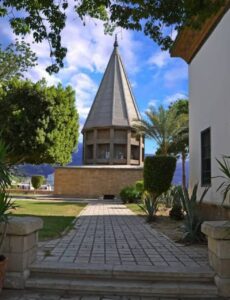
Built in 861AD during the Abbasid period, this is the second oldest Islamic structure after the Amr Ibn Al-As Mosque, according to Marwa Rabie, the general manager of Manial Antiquities.

“The Nilometer was established by Alfraganus, a famous mathematician, astronomer and engineer from present-day Uzbekistan. This building gave accurate readings of the river depth until the Aswan High Dam went up in the 1960s,” Rabie told the Egyptian Mail.
Rabie said that the Nilometer was put up when the river was at its lowest ebb, so the workers could dig the foundations on the river bed.
In the middle of the structure is a marble graduated column. The first level is circular so that flood water can enter through streamlined inlets and not cause the column to lean from the perpendicular. This level is topped by a square level, which is also topped by a larger square.
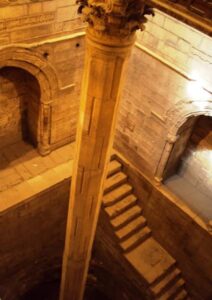
“Afraganus was clever in selecting the openings through which the flood water would flow into the Nilometer,” Rabie said. “He put the inlets on the eastern side, since the water flows from the south. Consequently, the water would fill the structure gently,” she said.
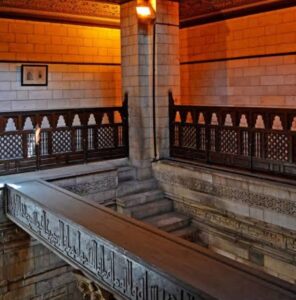
Stairs lead to the bottom level, where depth readings could be taken.
Inside the Nilometer is a verse from the Holy Quran about water carved in the walls.
It reads: “It is Allah Who created the heavens and the earth and sent down rain from the sky, causing fruits to grow as a provision for you. He has subjected the ships for your service, sailing through the sea by His command, and has subjected the rivers for you.” Surat Ibrahim, Verse 32.
Rabie said this verse, which is written in kufic script with a floral pattern, is the oldest example in Islamic architecture.
Many rulers have renovated the Nilometer, Rabie said, adding that the current dome in the pencil-shape design was erected later in the Ottoman era.
The Nilometer is open daily from 9:00am to 5:00pm. Tickets for Egyptians cost LE20, foreigners LE40. One ticket is valid also for the Manasterly Palace.
Alfraganus statue
On entering from the outer gate of the Manasterly Palace on Roda Island, you will see a life-sized statue of the architect Alfraganus (798-865), who supervised the construction of the Nilometer, which is located some metres after the statue.
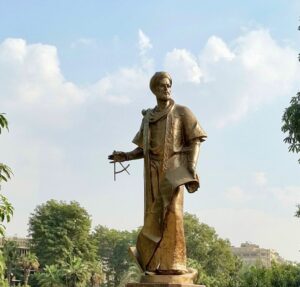
Ahmed ibn Mohamed ibn Kathir Al-Farghani, known in the West as Alfraganus, was an astronomer and engineer in the 9th century. He was born in present-day Uzbekistan and worked in the Abbasid court in Baghdad.
The granite statue was presented to Egypt by Uzbekistan in 2007. He stands proudly holding a pair of dividers in his right hand and a long roll of paper in his left.
Abbasid Caliph Al-Mutawakkil Ala Allah commissioned Alfraganus to supervise the Nilometer construction.
In Baghdad, Alfraganus and other scientists during the reign of Abbasid Caliph al-Ma’moun calculated the diameter of the Earth.
His most famous book was Fi Gawami’ al-Nujoum (On the Constellations), which was translated into Latin by John of Seville in 1135 and by Gerard of Cremona in 1175. Europe depended on these translations until the time of German astronomer and mathematician Johannes Müller von Königsberg (1436-1476), better known as Regiomontanus, whose contributions were instrumental in the development of Copernican heliocentrism in the decades following his death. A lunar crater bears the name Alfraganus.



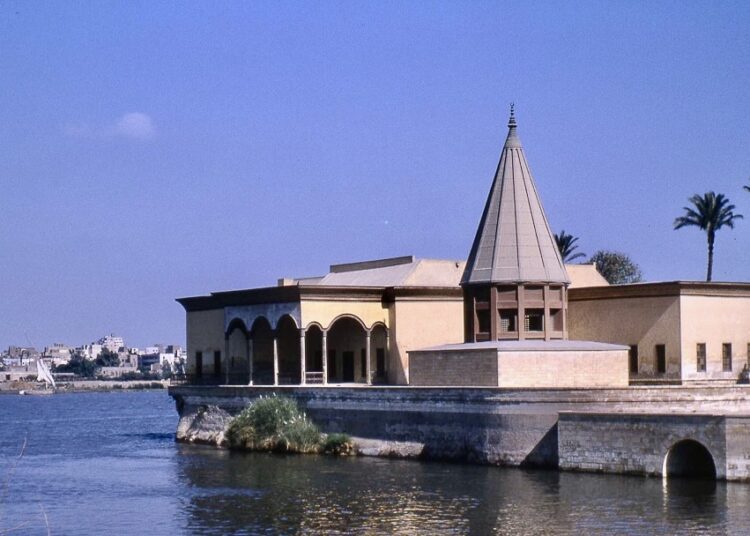


Discussion about this post